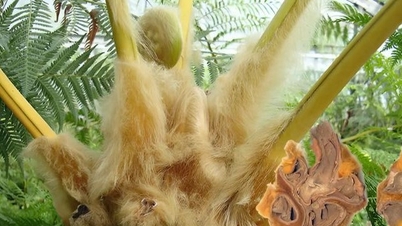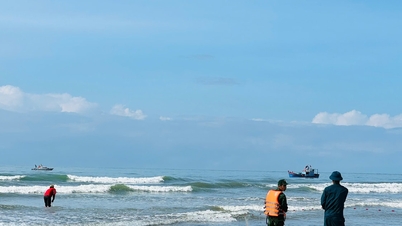Tsetse flies (subspecies Glossina ) are blood-sucking insects that serve as incubators and carriers of trypanosomes, single-celled parasites that cause debilitating and often fatal diseases. Also known as “sleeping sickness” in humans, the disease affects the nervous system and is characterized by fatigue, severe headaches, and coma. If not promptly diagnosed and treated, the disease is almost certainly fatal.
Although sleeping sickness is no longer a public health problem, with fewer than 2,000 cases reported each year in humans, the disease still has a serious impact on livestock in Africa. Animal trypanosomiasis, known as “nagana disease,” affects milk and meat production and the animals’ ability to work, leading to food insecurity and reduced income for millions of African farmers who depend on livestock.
Efforts to control and eliminate trypanosomiasis in livestock require decisions based on sound evidence. However, the last continental map of tsetse fly distribution in Africa was developed more than half a century ago, and there are no maps of tsetse fly occurrence in Africa.
Years in the making, the FAO atlas is an important first step in filling these data gaps. Data on tsetse fly distribution are based on 669 scientific papers spanning 31 years (1990 to 2020). It combines Google Earth geolocation data with entomological fieldwork, including fixed and mobile trapping.
Distribution of tsetse flies
A total of 7,386 sites across Africa were analyzed, creating the most comprehensive map to date of tsetse fly distribution on the continent.
Based on collected data, the occurrence of the genus Glossina has been confirmed in 34 countries, ranging from a maximum latitude of approximately 15° north in Senegal (Niayes Region) to a minimum latitude of 28.5° south in South Africa (KwaZulu-Natal Province). No published data on tsetse flies were found in the five countries in sub-Saharan Africa that may be affected: Burundi, Guinea-Bissau, Liberia, Sierra Leone, and Somalia. Information is relatively limited for Angola, Congo, the Democratic Republic of Congo, and South Sudan. The map does not consider countries in North Africa that have historically been free of tsetse flies.
Using available data, FAO has developed continental and national maps for 26 of the 31 recognized tsetse fly species and subspecies. The species with the widest geographical distribution are Glossina palpalis and Glossina tachinoides in West Africa, Glossina fuscipes in Central Africa, and Glossina morsitans and Glossina pallidipes in East and Southern Africa.
This data will be important for field practitioners and policymakers in affected countries, as well as for scientific researchers and international organizations such as the World Health Organization (WHO), which is working closely with FAO in the fight against “sleeping sickness” in livestock.
Source: https://www.mard.gov.vn/Pages/fao-cong-bo-atlas-luc-dia-ve-ruoi-xe-xe-o-chau-phi.aspx







![[Photo] "Ship graveyard" on Xuan Dai Bay](https://vphoto.vietnam.vn/thumb/1200x675/vietnam/resource/IMAGE/2025/11/08/1762577162805_ndo_br_tb5-jpg.webp)

























![[Video] Hue Monuments reopen to welcome visitors](https://vphoto.vietnam.vn/thumb/402x226/vietnam/resource/IMAGE/2025/11/05/1762301089171_dung01-05-43-09still013-jpg.webp)



































































Comment (0)